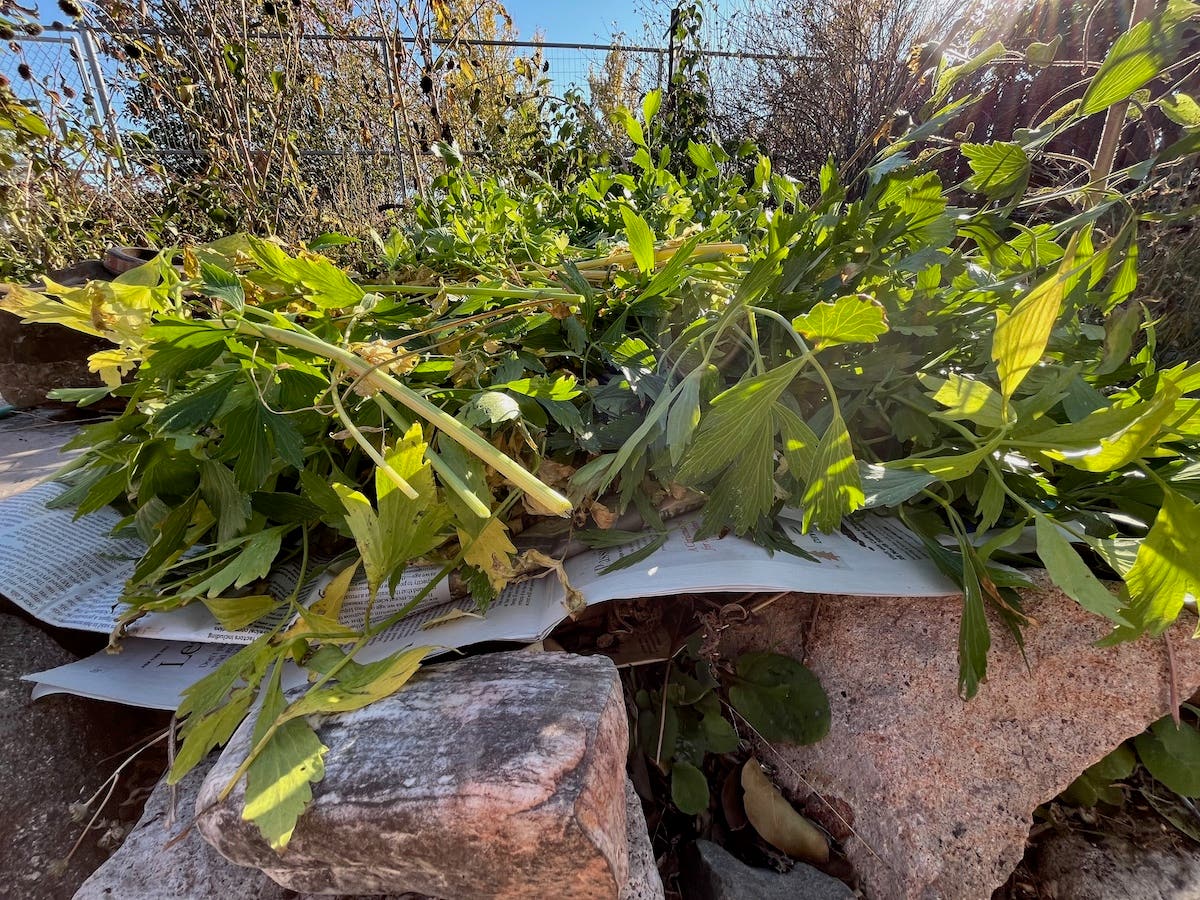Plant Marker Ideas: The Easiest Ways to Keep Track
Plant markers help save our sanity as our gardens grow because rare is the garden that does not expand each spring! Here are a few clever strategies to help you keep track of your plants.
Plant markers help save our sanity as our gardens grow because rare is the garden that does not expand each spring! Whether it’s with brand-new varieties that we just have to try, or with divisions of old favorites shared by friends. With each addition, the planting list becomes harder to memorize, the seating chart more complicated to sketch. Here are a few clever strategies shared with us by your fellow gardeners.
Storebought Plant Markers
Two brands that were mentioned by name: Paw Paw Everlast and DooHickey. Several readers advised writing the plant name on both the aboveground and belowground portion of a plastic tag. Should the writing wear off the top, it will usually still be readable on the buried part. A paint marker was the overwhelming choice for writing implement. Sharpie, Markal and Sanford make paint markers that can be found at craft and office stores.
Paw Paw Everlast supplies public gardens, professional growers and home gardeners alike with tags made of galvanized wire and zinc, in a range of styles and sizes. They also sell pencils and pens on their website for use on their markers. Several readers noted they print plant names using a label maker, then attach them to Paw Paw (and other) tags with clear packing tape.
DooHickey tags and stakes are sold exclusively by the mail-order Yucca-Do Nursery. The stakes are handmade out of solid brass, so they will not corrode in the elements. The staff at Yucca-Do has found a No. 2 pencil makes the longest-lasting mark on their metal tags, staying legible for at least 15 years, in their experience.
While aluminum and copper are more expensive than plastic and wood, they tend to wear better in the garden. To get the most value from her metal tags, one reader uses this strategy: “With my vegetables, I assign a number to each variety. Then I put that number on a metal plant stake and put it at the front of the portion of the bed where that plant is. I can use the stakes year after year even if I change what I’m planting.”
Homemade Tags
Many clever options exist for those who don’t want to buy plant markers. Many readers swear by plastic utensils, simply writing the plant’s name on the handle and shoving the business end dirtward. Vinyl or plastic window blinds seem similarly popular. They are easy to cut to a usable length, and one set of blinds can produce dozens of tags. One reader noted she visits thrift stores to purchase blinds for this purpose.
Gardeners seeking subtle name-tags reported marking small stones and partially burying them next to the plants. These, too, can be inscribed with a paint marker.
Meghan Shinn is editor of Horticulture.
This excerpt originally appeared in Horticulture November/December 2011 issue. Back issues are available at GardenersHub.com. Join thousands of gardeners just like yourself and get smart gardening advice from experts delivered right to your home—Subscribe to Horticulture.







